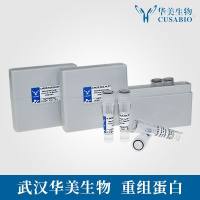The aim of this chapter is to give a detailed, step-by-step description of a procedure for obtaining a batch of a desired
peptide at the required level of purity. It is assumed that the initial synthesis will be done using an automated peptide
synthesizer that performs solid-phase peptide synthesis using the Fmoc strategy (1
). This is based on the sequential addition of amino acid residues to an insoluble polymeric support. The base-labile Fmoc
group is used to protect the α-amino group of each residue. Those residues that have potentially reactive side chains are
protected with acid-labile groups such as t-butyl. After removal of the Fmoc group with piperidine, the next protected amino
acid is added using either a coupling reagent or preactivated amino acid derivative (2
). At the end of the synthesis, the peptide is cleaved from the solid support to yield a peptide acid or amide, depending
on the linking agent used, and the side-chain protecting groups are removed by treating the peptide-resin with a mixture of
trifluoroacetic acid and various ion scavengers (3
). Methyl t-butyl ether is then added to precipitate the peptide out of the cleavage mixture. The crude peptide is then dissolved
and lyophilized, after which it can be purified by high performance liquid chromatography. The purified peptide can then be
lyophilized for storage.






